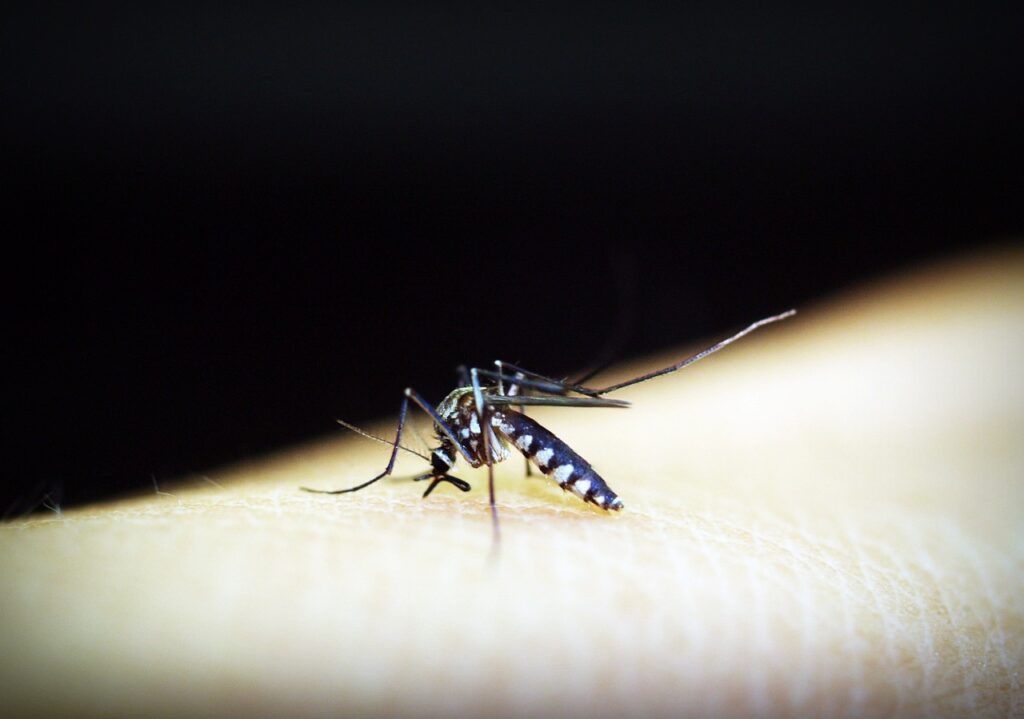What is Malaria?
Malaria is a life-threatening mosquito-borne disease caused by Plasmodium parasites. It is transmitted to humans through the bite of infected Anopheles mosquitoes. Malaria is prevalent in tropical and subtropical regions, particularly in sub-Saharan Africa, Southeast Asia, and South America.
Types of Malaria
There are five species of Plasmodium parasites that cause malaria in humans: Plasmodium falciparum, Plasmodium vivax, Plasmodium ovale, Plasmodium malariae, and Plasmodium knowlesi. Among these, Plasmodium falciparum is the most deadly species and is responsible for the majority of malaria-related deaths globally.
Symptoms of Malaria
Symptoms of malaria typically appear 7 to 30 days after being bitten by an infected mosquito. Common symptoms include:
- High fever
- Chills
- Sweats
- Headaches
- Nausea and vomiting
- Muscle aches
- Fatigue
Symptoms can vary depending on the species of Plasmodium parasite and the severity of the infection.
Causes of Malaria
Malaria is caused by Plasmodium parasites, which are transmitted to humans through the bite of infected Anopheles mosquitoes. When an infected mosquito bites a human host, the parasites enter the bloodstream and travel to the liver, where they multiply and mature before infecting red blood cells.
Risk Factors for Malaria
Several factors increase the risk of malaria, including:
- Living or traveling to regions where malaria is endemic
- Inadequate mosquito control measures
- Lack of access to malaria prevention and treatment interventions
- Outdoor activities or sleeping in areas with high mosquito exposure
Diagnosis of Malaria
Diagnosing malaria involves a combination of clinical evaluation, laboratory tests, and assessment of symptoms. Common diagnostic tests include:
- Blood smear microscopy to detect the presence of Plasmodium parasites in red blood cells
- Rapid diagnostic tests (RDTs) to detect malaria antigens in the blood
- Polymerase chain reaction (PCR) to identify and differentiate between different species of Plasmodium parasites
Early diagnosis and prompt treatment are essential for preventing severe complications and death from malaria.
Pharmacokinetics of Malaria Treatment
The pharmacokinetics of drugs used to treat malaria vary depending on the specific medication. Antimalarial drugs such as chloroquine, artemisinin-based combination therapies (ACTs), and other antimalarial medications are typically administered orally and are absorbed into the bloodstream. They are then distributed throughout the body, where they exert their antimalarial effects by killing the Plasmodium parasites.
Pharmacodynamics of Malaria Treatment
The pharmacodynamics of malaria treatment involve understanding how medications target and kill the Plasmodium parasites. Antimalarial drugs disrupt various stages of the parasite’s life cycle, including inhibiting its ability to replicate and multiply within red blood cells. This helps reduce the parasite load in the bloodstream and alleviates symptoms of malaria.
Pharmacological Treatment of Malaria
Treatment for malaria depends on several factors, including the species of Plasmodium parasite, the severity of the infection, and the individual’s age and health status. Common antimalarial medications include:
- Artemisinin-based combination therapies (ACTs) such as artemether-lumefantrine and artesunate-amodiaquine
- Chloroquine (for regions with chloroquine-sensitive malaria)
- Atovaquone-proguanil
- Quinine sulfate
- Doxycycline or clindamycin (for treatment of uncomplicated malaria caused by Plasmodium falciparum in regions with resistance to other antimalarial drugs)
Non-Pharmacological Treatment of Malaria
Non-pharmacological measures play a crucial role in malaria prevention and control. These measures include:
- Using insecticide-treated bed nets (ITNs) to prevent mosquito bites while sleeping
- Indoor residual spraying (IRS) to control mosquito populations and reduce malaria transmission
- Environmental management to eliminate mosquito breeding sites, such as stagnant water sources
- Community education and awareness campaigns on malaria prevention, symptoms, and treatment-seeking behavior
Conclusion
Malaria remains a significant public health challenge, particularly in regions with limited access to healthcare resources and preventive interventions. Early diagnosis, prompt treatment with effective antimalarial medications, and comprehensive malaria control strategies are essential for reducing the burden of malaria and preventing severe complications and death. Continued investment in research, innovation, and collaboration is needed to accelerate progress towards malaria elimination and ultimately achieve the goal of a malaria-free world.







